Council planners say a proposal for 16 homes on the edge of a Kinross-shire village should be allowed because it will be built on land that is ‘peaty’ rather than ‘peat’.
Portmoak Community Council joined several local objectors in condemning a scheme to expand Scotlandwell because it would involve the excavation of large amounts of peat.
The Scottish Government has vowed to protect peatlands due to their removal being a perceived cause of climate change.
Sepa initially objected to Scotwell’s proposal on land 100 metres south-east of Cragton Villa in Rost Gardens, off The Causeway, due to the peat present.
But this was withdrawn after a survey concluded it did not meet the criteria for being a peat soil.
Instead, the land is considered ‘peaty’, and officers are urging councillors to accept the application when it comes to the planning and placemaking committee next week.
Scotlandwell homes could release ‘carbon-sink’
Portmoak Community Council said it was “extraordinary” that new houses would be built so close to Portmoak Moss, one of the few remaining raised bogs in central Scotland.
Here, the Woodland Trust is working to preserve the 12 hectares that remain.
Their objection said: “Within 100 metres, permission is being sought to destroy part of the same peat resource to build houses and release the current ‘carbon-sink’.”
Other objectors raised similar concerns.
Andy Miller wrote: “It is known from the excavation and construction of the properties to the immediate north, that peat locally extends to approximately 4m thickness.”
Stewart Bonar added: “All the land to the south of Scotlandwell has large quantities of peat as evidenced by the amount that was removed to get a firm enough base to build on in Friar Place and Wellside.”
Charlotte Mackinnon submitted: “It is totally inappropriate and environmentally impractical to build on land which has a significant depth of underlying peat.”
Officers say land does not meet peat criteria
In February 2020 the Scottish Government announced a multi-annual investment in peatland restoration of more than £250 million up to 2030.
It also funds Nature Scotland’s Peatland ACTION programme to improve the condition of degraded peatlands across the country.
“Peatlands are one of Scotland’s largest degraded ecosystems,” the programme’s website said.
“When peatlands are degraded the benefits they bring are lost; in fact, they become sources of carbon instead of sinks – contributing to climate change rather than mitigating it.”
The council report said a ground investigation study tested organic matter at different depth horizons in the soil profile across the site.
It added: “The results…demonstrated that the soil organic content is less than 60% in all sampled depths and it was concluded that it does not meet the criteria for being a peat soil.
“It is instead an ‘organo-mineral’ or ‘peaty’ soil.
“On this basis, Sepa removed its objection and removed the requirement for a peat management plan.”
Councillors to decide on Kinross-shire plan
The application received a total of 15 objections.
Other concerns included road safety, pollution from woodburning stoves, flood risk from the River Leven and lack of off-road path link to the village school.
Perth’s councillors will decide the application on November 15.
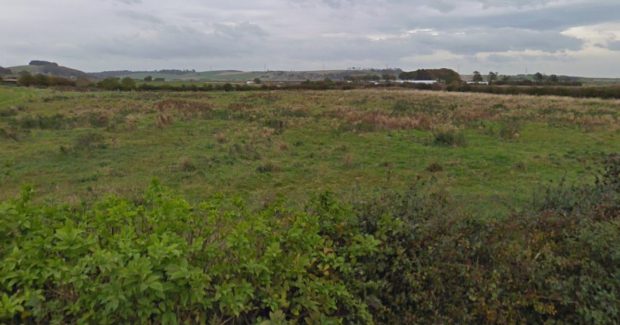
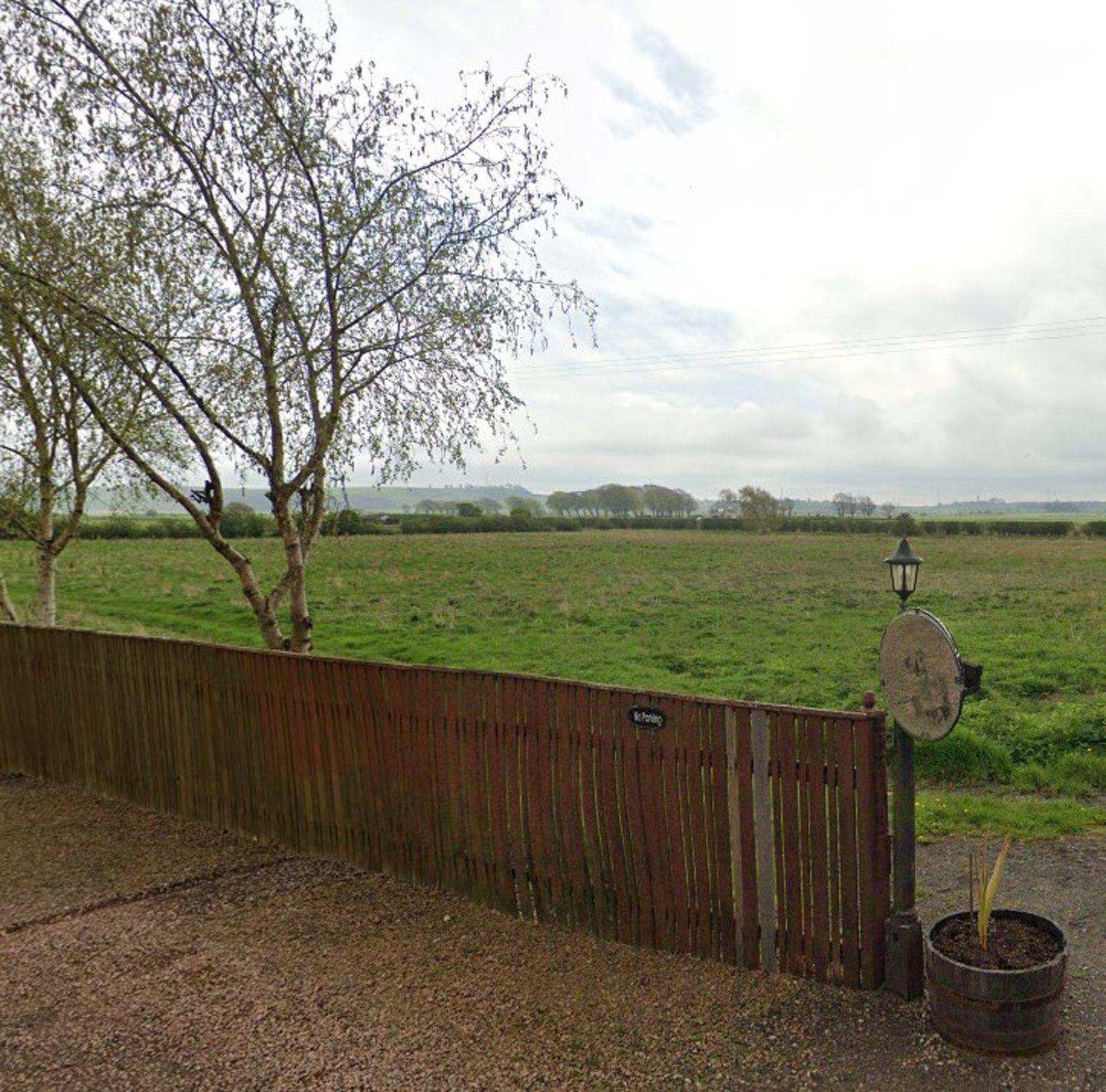
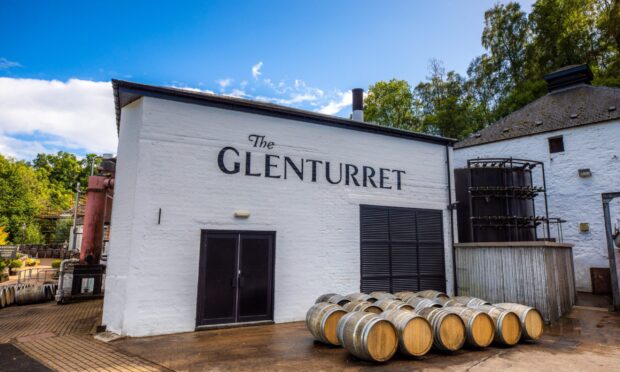
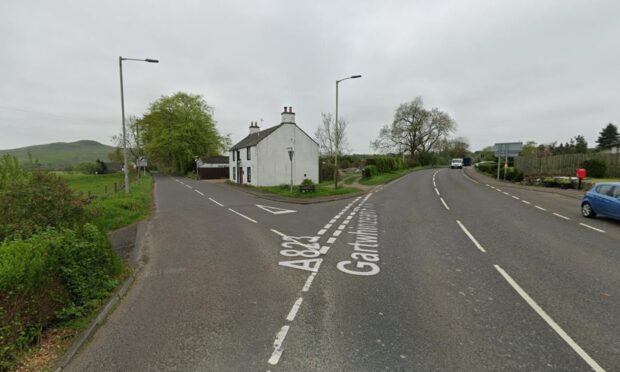
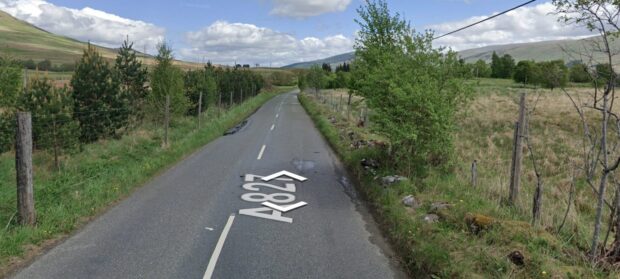
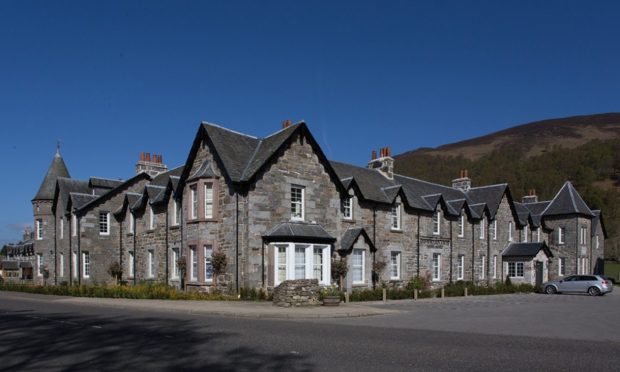
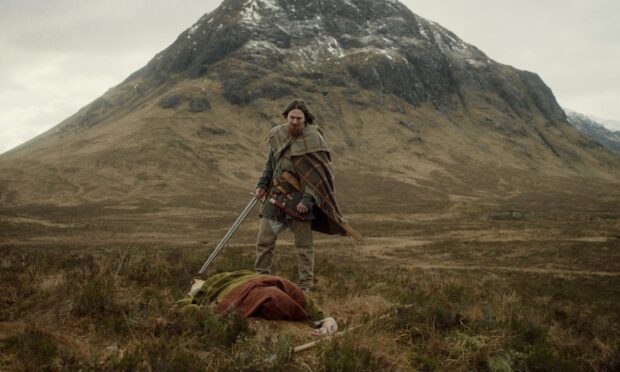


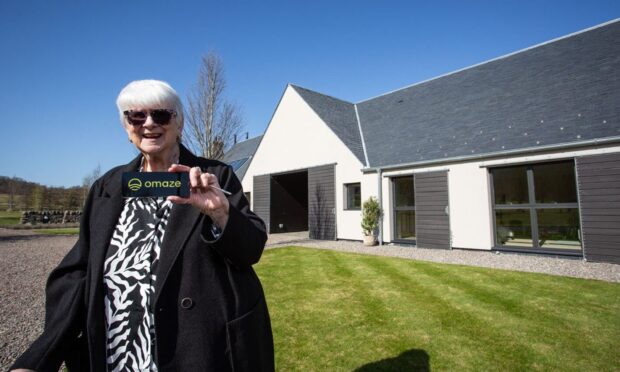

Conversation